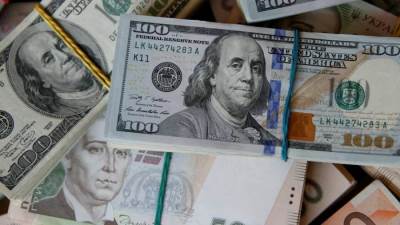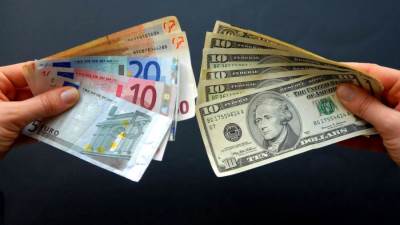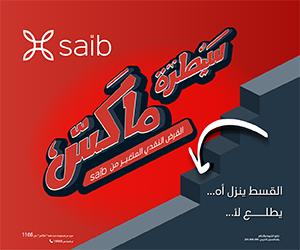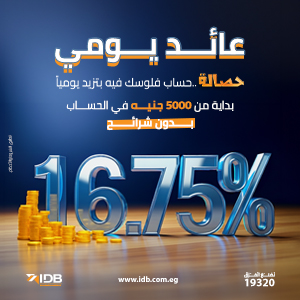Euro’s Rise Reflects Shifting Dynamics in the Global Monetary System
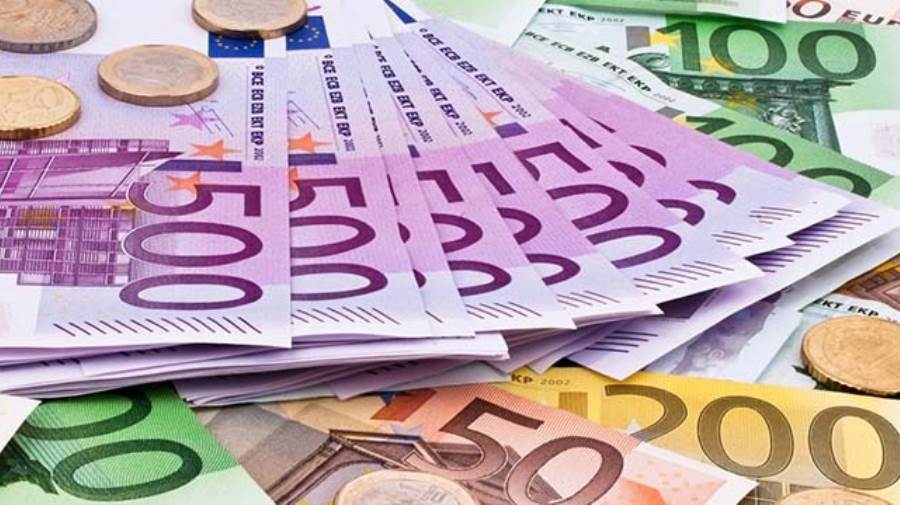

Amid sharp fluctuations in global markets and profound shifts in economic and geopolitical balances, the euro is once again taking center stage. The single European currency has posted notable gains against the U.S. dollar, signaling what could be a strategic turning point in the global reserve currency landscape.
The euro’s recent performance suggests the start of a potential new phase of monetary competition, as it approaches key technical levels. A weakening U.S. outlook, combined with strong signals from the European Central Bank (ECB), has pushed the euro higher, potentially paving the way for a breakout toward $1.20—its highest level in four years.
Several key factors have contributed to this upward momentum. Chief among them is the dollar’s weakening position, under pressure both internally and externally. Uncertainty around the Federal Reserve’s independence, growing fears of a U.S. recession, and intensifying trade tensions have all eroded confidence in the greenback. In response, many investors—particularly sovereign institutions—have redirected capital flows away from the U.S. in search of safer and more stable alternatives.
The euro has emerged as a more attractive option, supported by a more assertive tone in European monetary policy. Recent ECB communications have gone beyond merely holding rates steady, signaling a readiness to take further action if inflation accelerates. These signals have boosted global market confidence in the euro.
On the technical side, the euro's approach to the $1.17 mark indicates a critical threshold. A decisive break above this level could trigger a rally toward the $1.20 range, fueled by a surge in call option volumes. However, if resistance holds, the market may see a temporary round of profit-taking or rebalancing.
In this context, several major global banks have revised their year-end forecasts for the euro upward, citing expectations of a weakening dollar. The recent ceasefire between Iran and Israel, combined with cautious remarks from Federal Reserve Chair Jerome Powell, has also helped fuel positive sentiment for the euro.
Despite the optimistic outlook, the eurozone’s landscape remains complex. Sluggish economic growth, an ongoing energy crisis, and rising tensions in Eastern Europe present substantial challenges. As a result, the euro’s future is shaped by a mix of opportunities and risks.
The euro’s trajectory is also tied to external influences such as U.S. monetary policy and global energy prices, which directly affect inflation in the eurozone. As calls grow to elevate the euro’s international role, the emergence of alternative currencies—such as the Chinese yuan and Russian ruble, particularly within the BRICS bloc—poses additional challenges to the euro’s standing. While the euro remains the world’s second-largest reserve currency after the dollar, it faces growing competition amid accelerating global economic shifts.





